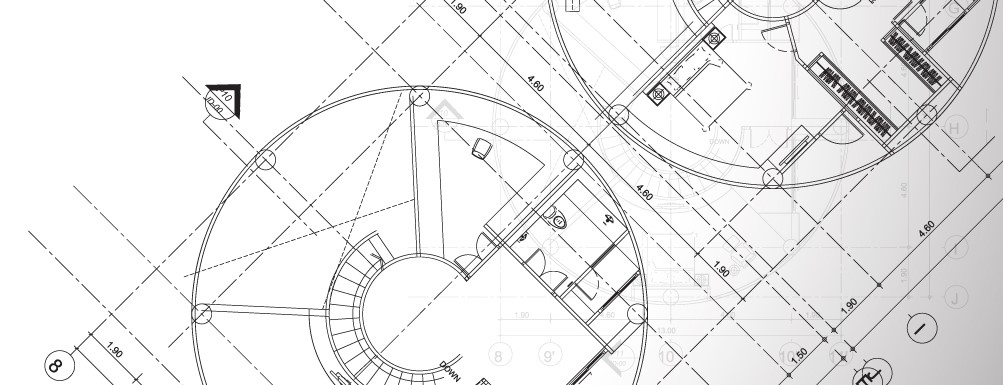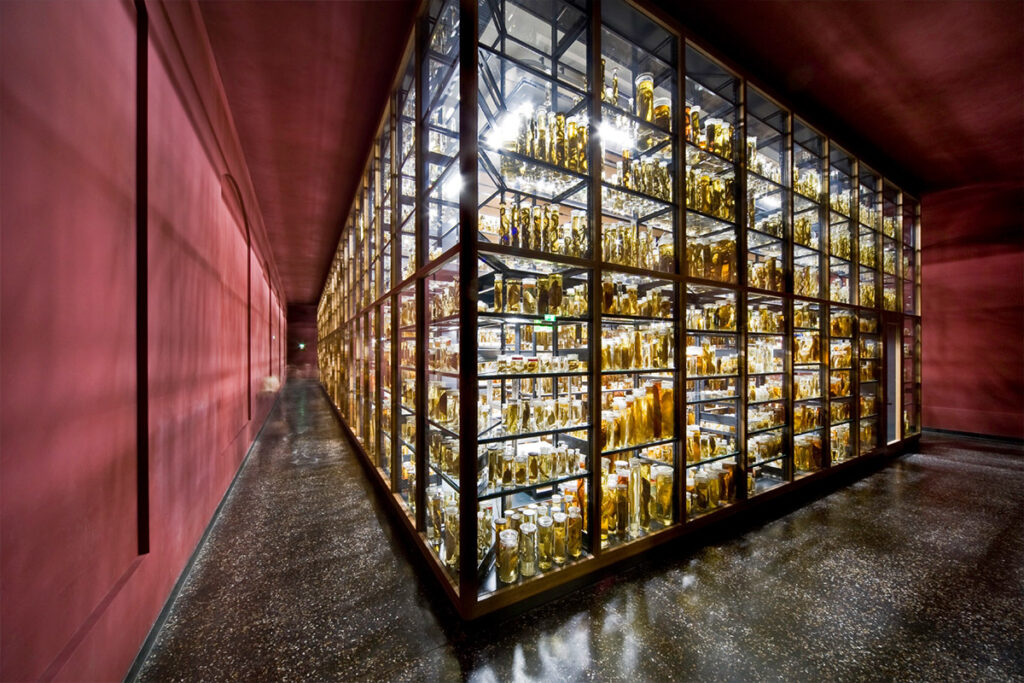
6 July 2021
DiSSCo will establish a new Registration Agency in collaboration with the DOI Foundation to support the FAIR Digital Objects Architecture approach as the main path to implementing the data architecture of the new DiSSCo RI.
PID, Registration Agency, FAIR, Digital Object Architecture… There is a lot to unpack here, we are aware of that but do not worry. First of all, you need to know that this short piece is about a recently published article by DiSSCo’s technical team. You can find the article here: https://riojournal.com/article/67379/instance/6662391/. If you are familiar with the concepts mentioned above, just click on the link and enjoy it. If you need us to slow down a little, continue reading and let us go step by step.
A crucial transformation
European Natural Science Collections (NSCs) hold a wealth of biological and geological specimens that represent our planet’s diversity. The millions of items on these collections provide a base of hard evidence that underpins not only a myriad of scientific research projects but also important decisions regarding all forms of policy-making from health to economy or the environment. In recent years, however, NSCs have perceived that if they are to continue empowering global society with reliable knowledge and evidence for years to come, a radical transformation for how collections of physical specimens are accessed, harnessed and exploited for research and innovation has to occur. The driving force for that transformation must be a conscientious effort to adopt information and communication technologies (ICT).

DiSSCo’s approach
DiSSCo is meant to play a crucial role in this transformation. Expected to commence full operations in 2026, DiSSCo RI looks towards new models of data management and infrastructure for NSCs.
In alignment with the FAIR Guiding Principles as an integral characteristic, DiSSCo’s chosen ICT model is the Digital Object Architecture, where Digital Specimens are digital representations of the physical specimen, a sort of “digital twin” of the physical object on the Internet that acts as a complementary surrogate for the physical specimen that is hosted at the natural science collection. One of DiSSCo’s main goals is to provide the scientific community and beyond with novel services for indexing, enriching and assisting reuse of digital data derived from the physical specimens and, for that, it will soon need a persistent identification scheme.
The aim of the article to which this piece refers is precisely to compare options and to choose and present the best strategy to reach the goal to operate a persistent identification scheme customised with natural sciences community characteristics, keeping in mind that the choice should have potential for global adoption across the entire scientific collections community.
The next logical question then is, what is a Persistent Identifier (PID)?
Persistent Identifiers (PID)
Persistent identifiers (PID) identify digital representations of physical specimens in natural science collections (i.e., digital specimens, the “digital twins” mentioned above). They do so unambiguously and uniquely on the Internet. PIDs are one of the mechanisms for digitally transforming collections-based science insofar as they contribute to building and maintaining long-term community trust in the accuracy and authenticity of the scientific data. Not only are such PIDs valid over the very long timescales common in the heritage sector but they can also transcend changes in underlying technologies of their implementation. They are, therefore, crucial elements for the future Fair Digital Object Architecture of DiSSCo.
The DiSSCo Technical Team has decided to establish a new Registration Agency in collaboration with the International DOI Foundation as a practical way forward to support the FAIR (findable, accessible interoperable, reusable) data architecture of DiSSCo Research Infrastructure. This approach is compatible with the policies of the European Open Science Cloud (EOSC) and is aligned to existing practices across the global community of natural science collections.
Learn more about PIDs and get the latest technical posts about the design of DiSSCo’s Infrastructure in our blog: DiSSCoTech.
Please note that although both the article and this piece use the term ‘Digital Specimen’, a worldwide discussion is taking place under the umbrella of the Alliance for Biodiversity Knowledge precisely about this concept. The discussion aims to convergence DiSSCo’s “Digital Specimen” concept and the concept of “Extended Specimen” of the Biodiversity Collections Network (BCoN) in the USA. The debate is expected to reach consensus on the new term ‘Digital Extended Specimen’ (DES) circumscribing the Digital Specimen and Extended Specimen ideas in one technical concept. Nevertheless, the terms can be used interchangeably and interpreted to mean the same in the future.